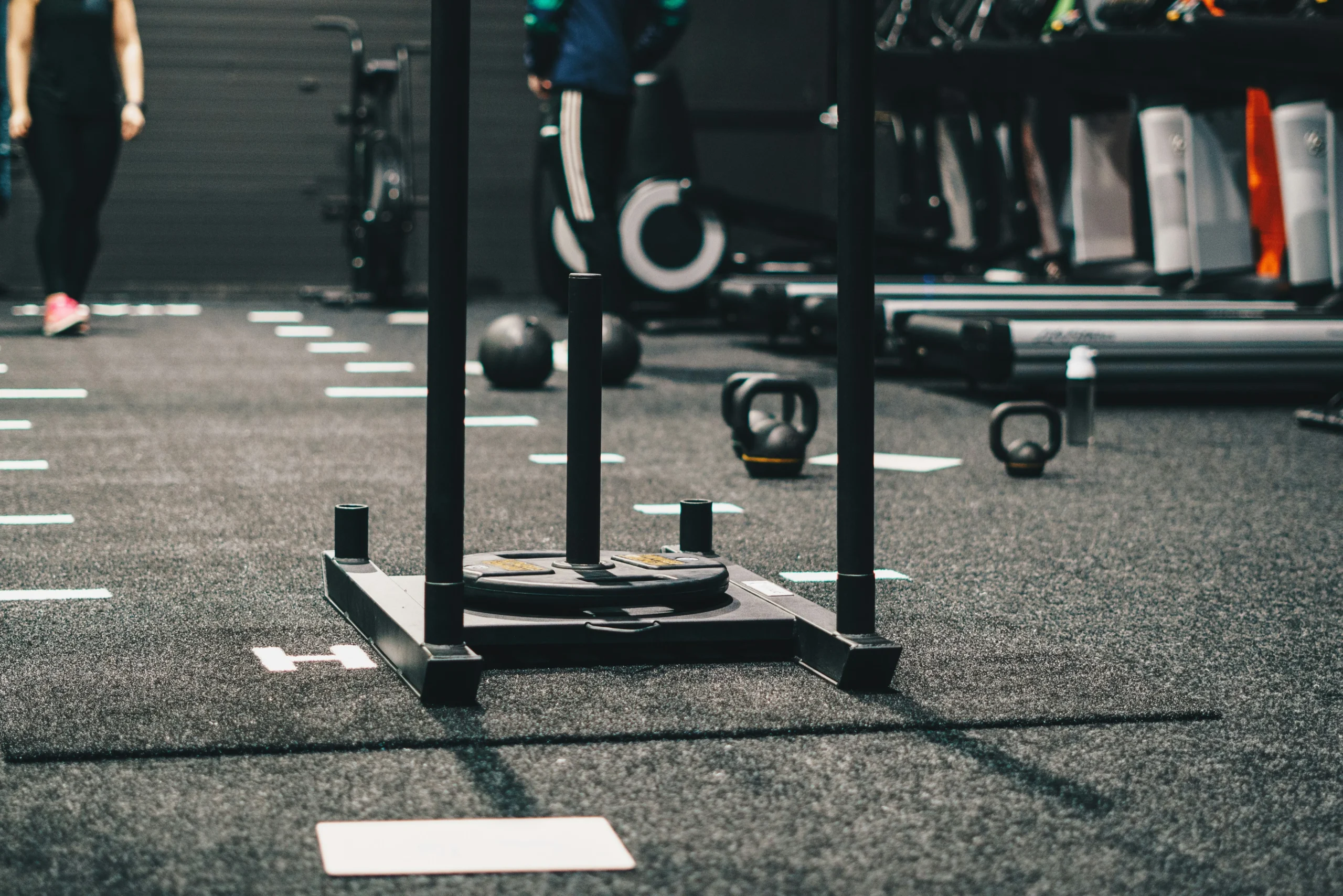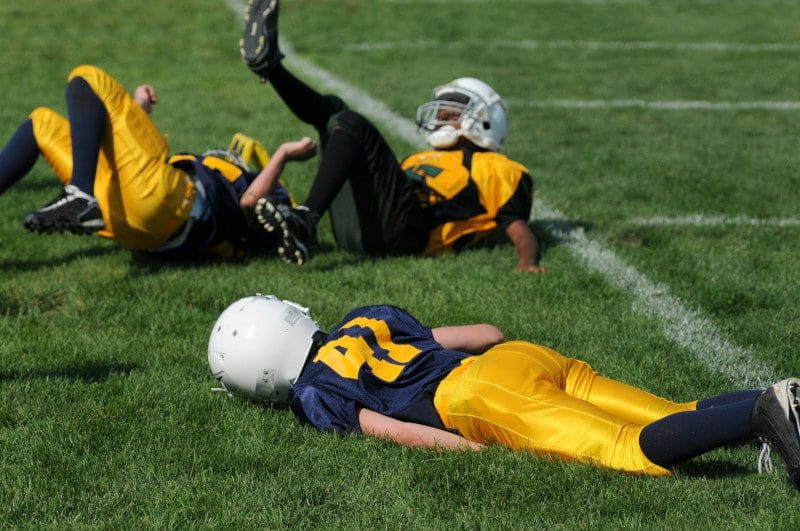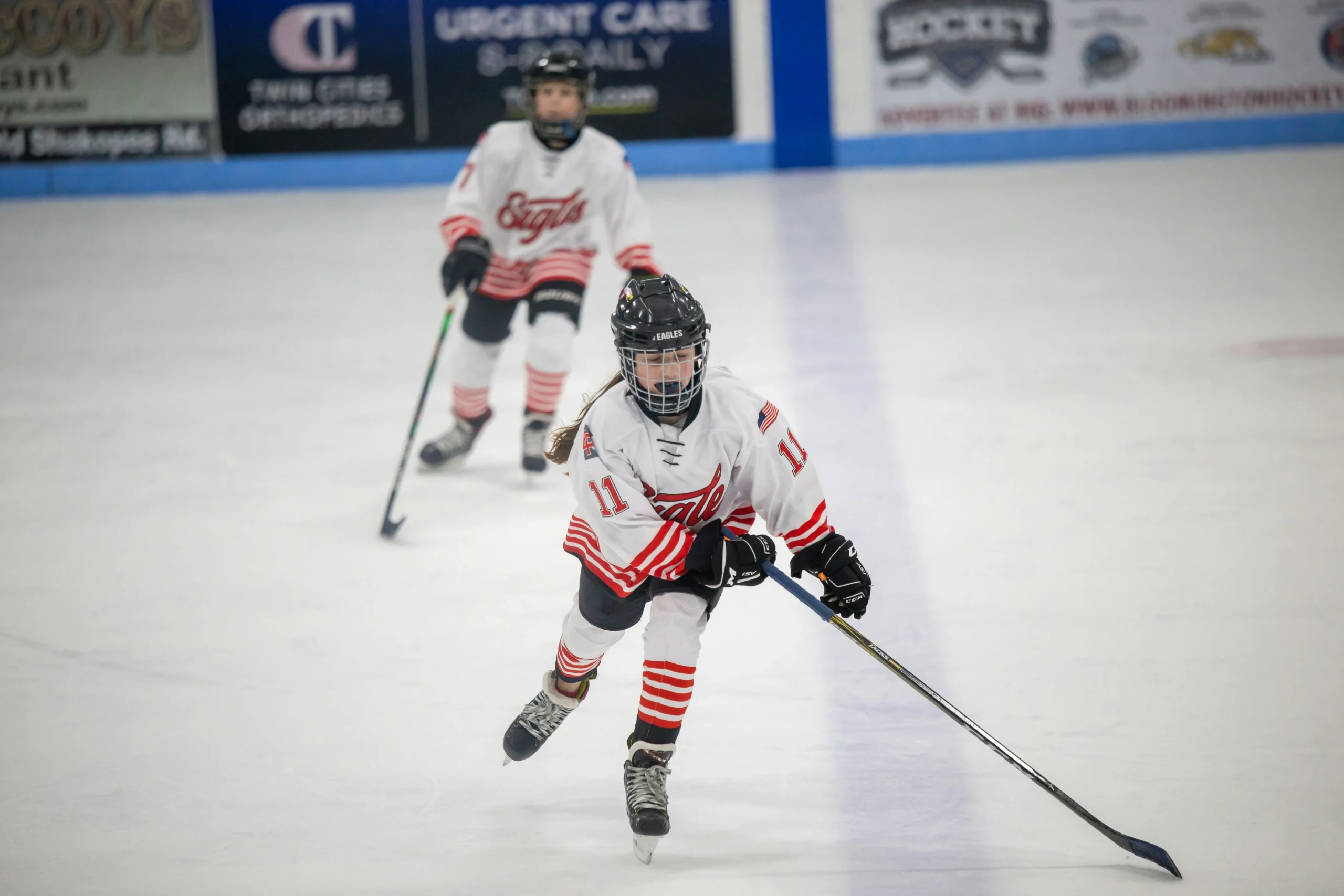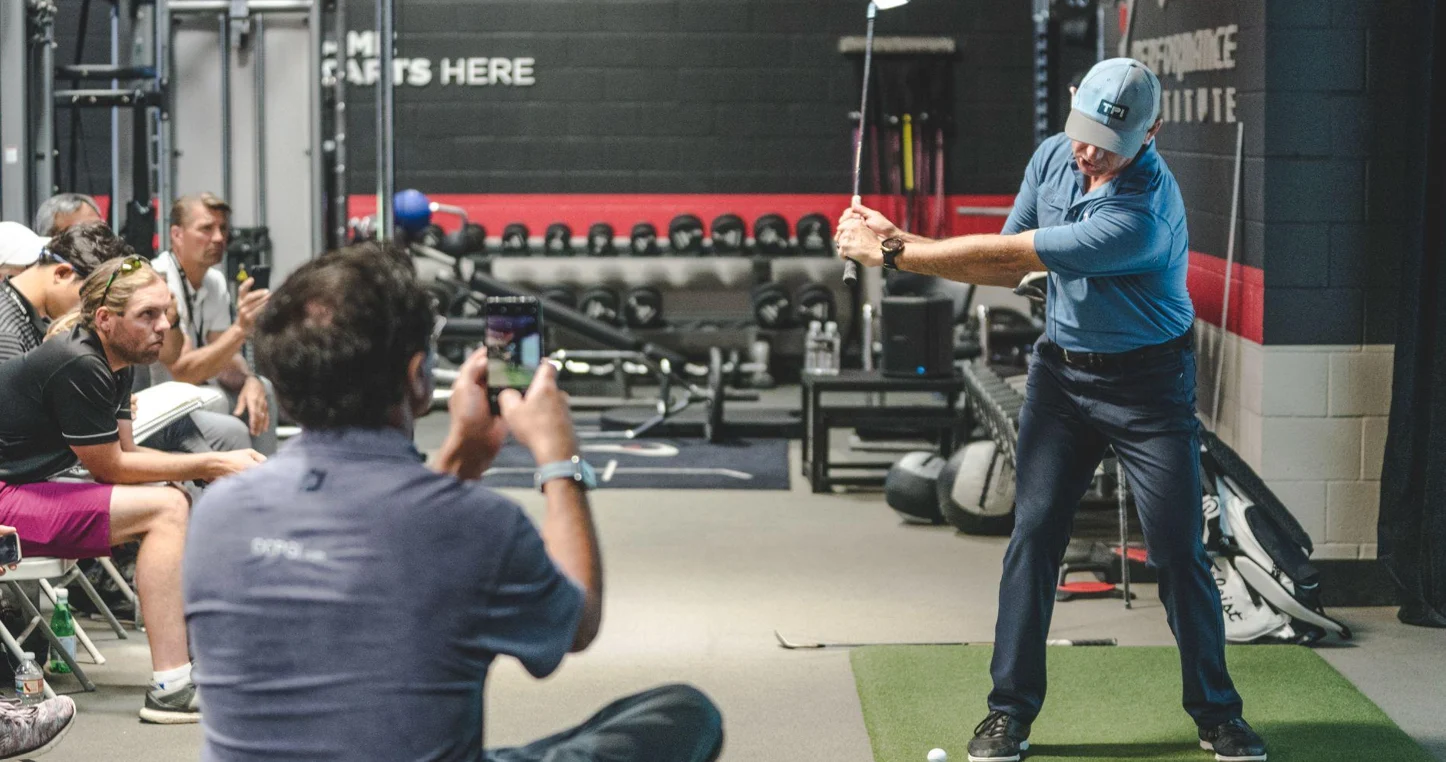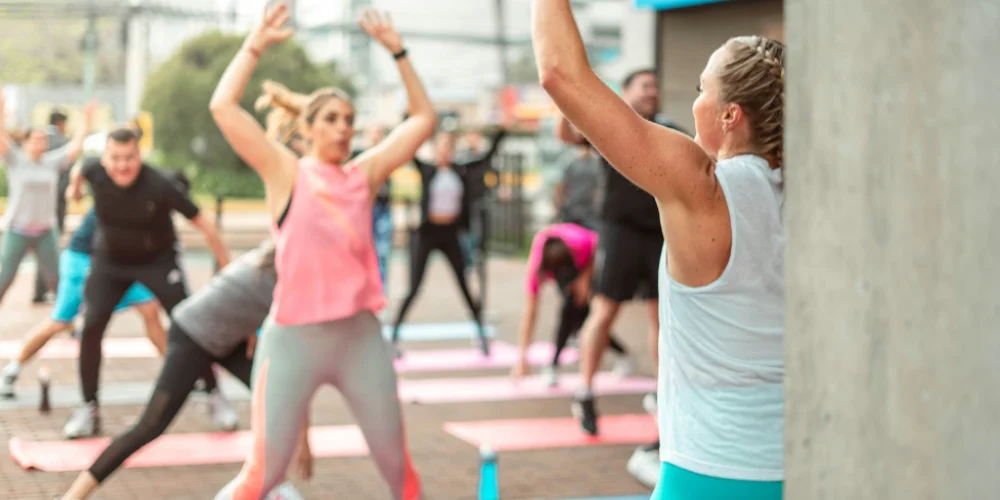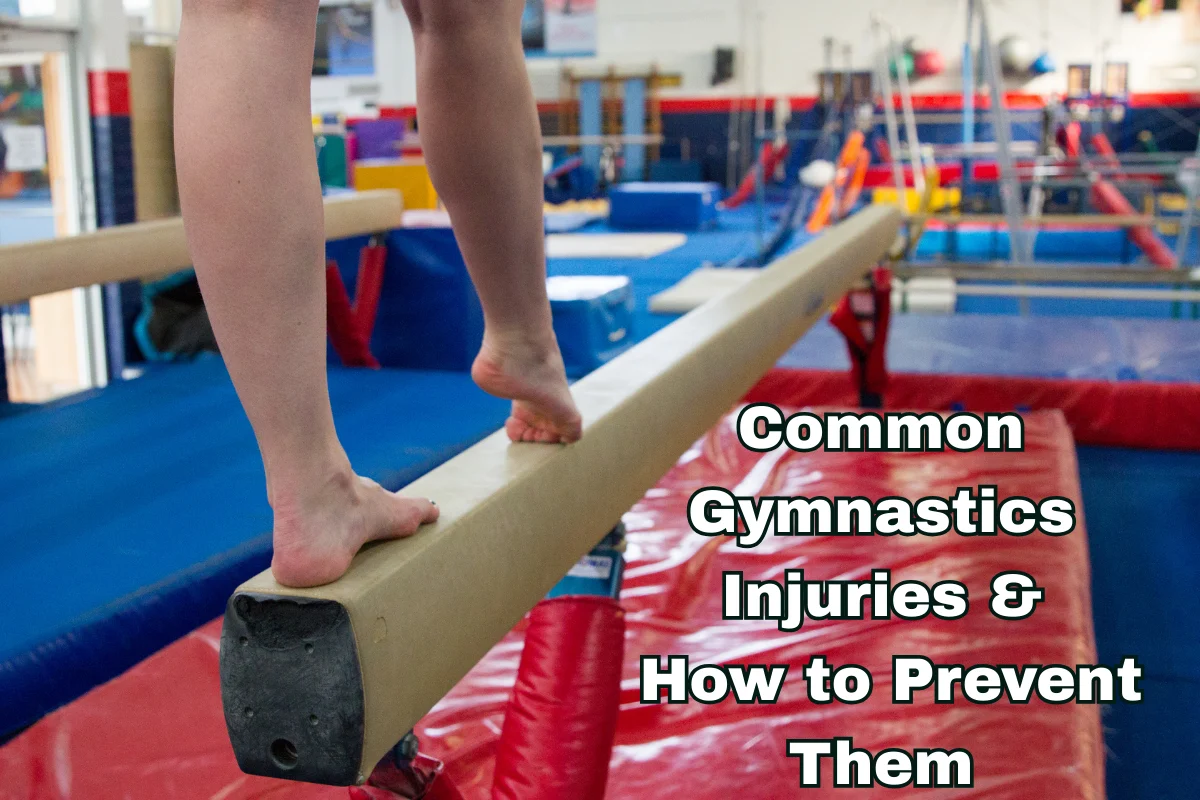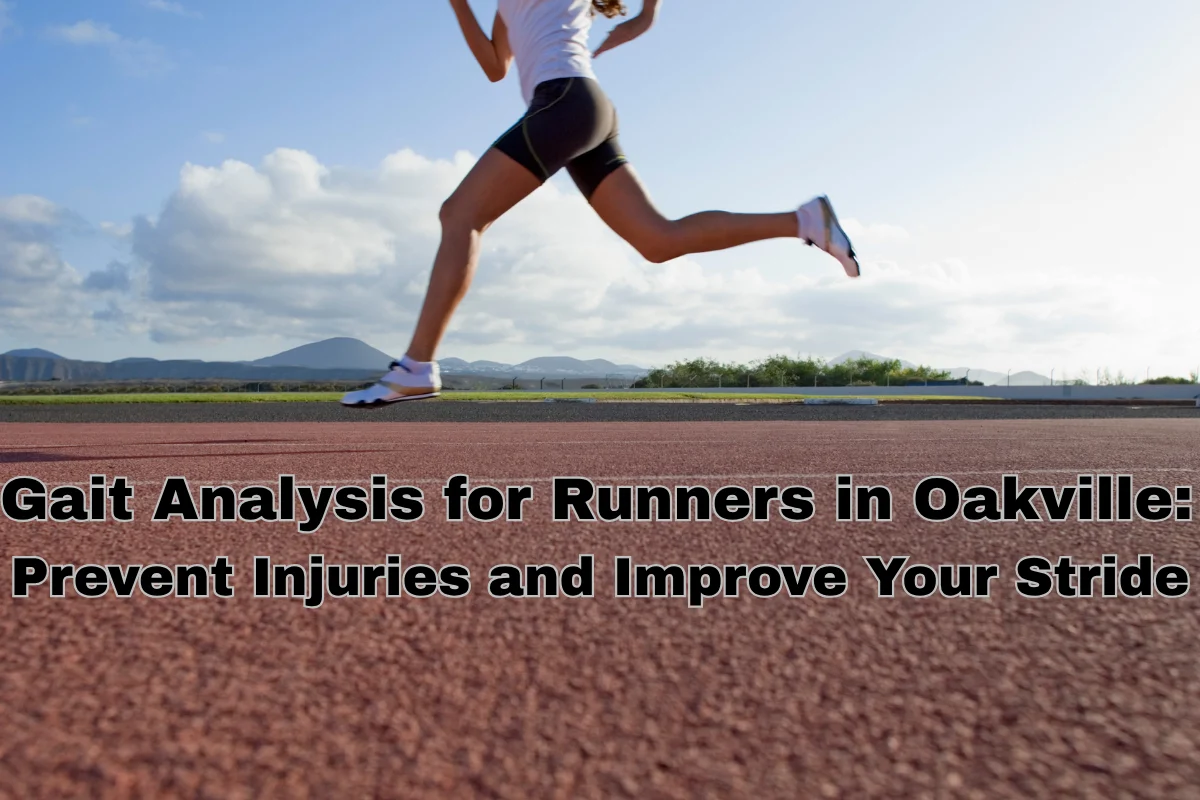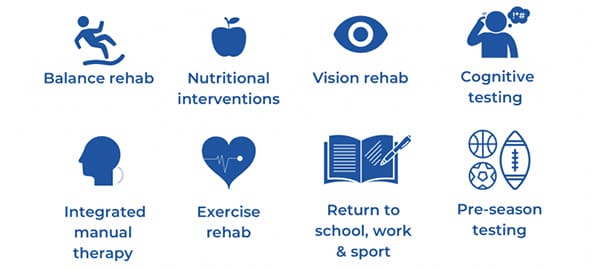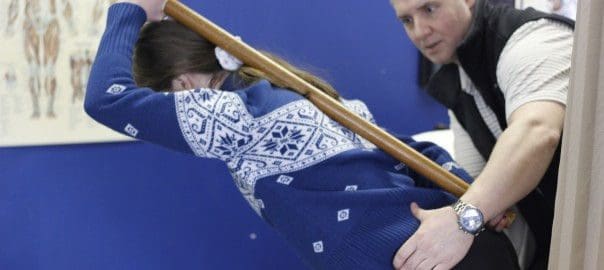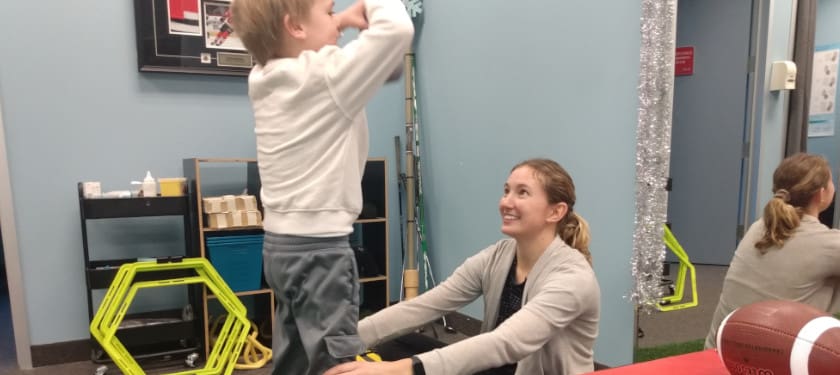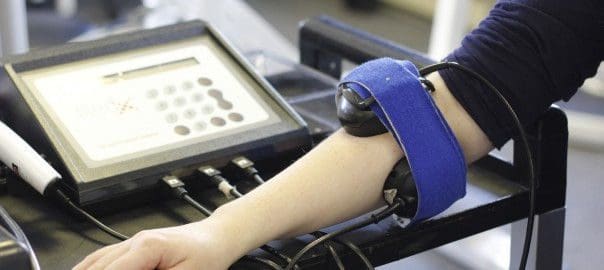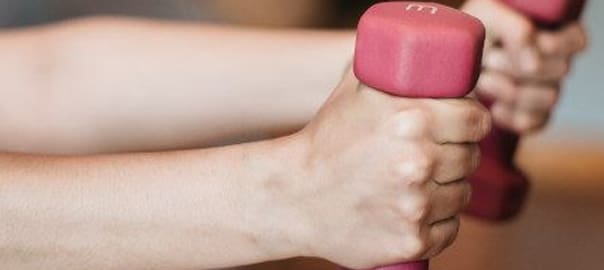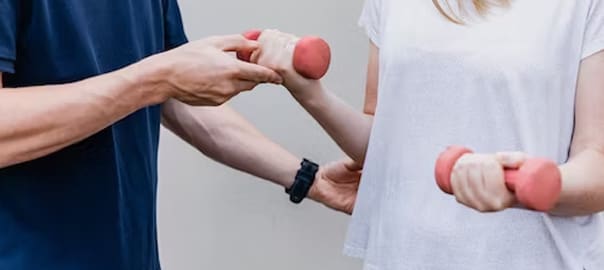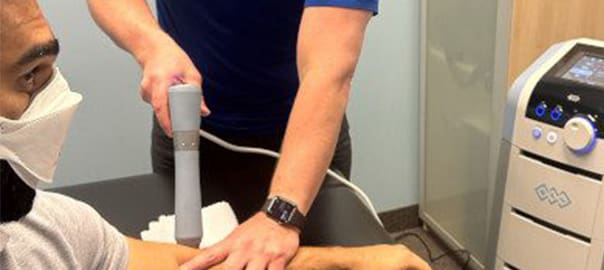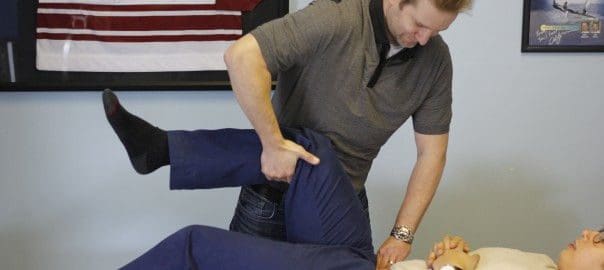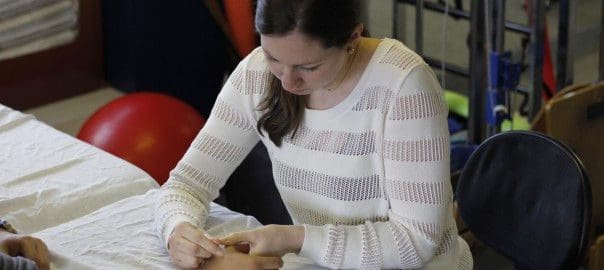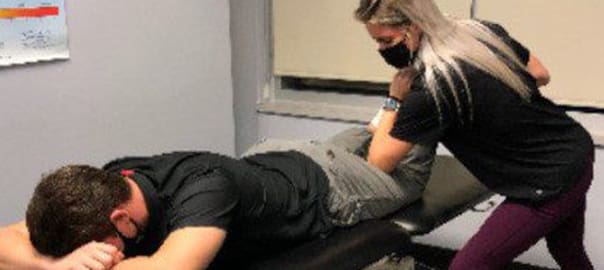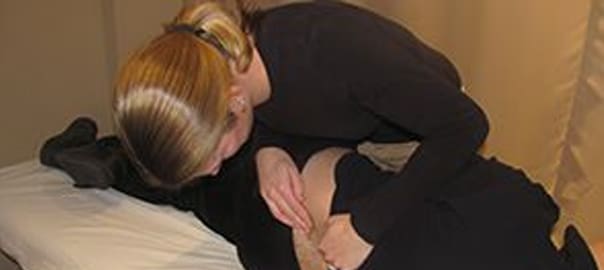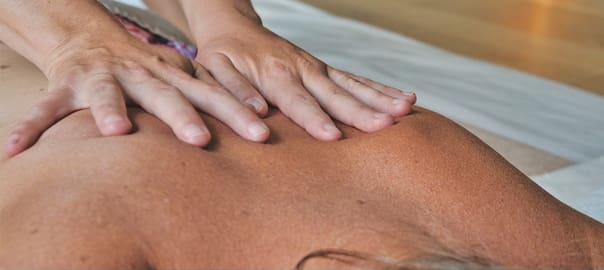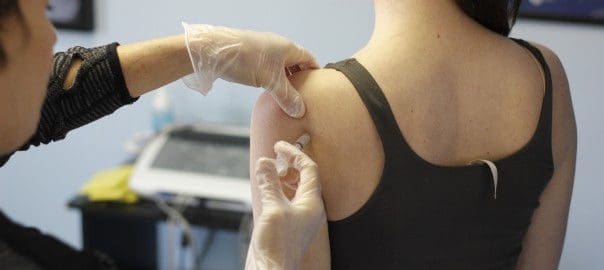Gymnastics is one of the most physically demanding sports, requiring a unique combination of strength, flexibility, balance, power, and coordination. Athletes often begin training at a young age and spend countless hours perfecting skills. With high-impact landings and repetitive movements it’s no surprise that gymnastics carries a significant risk of injury.
Understanding the most common injuries in gymnastics—and how to prevent them—is essential for the long-term health and success of gymnasts. This article is designed for athletes, parents, and coaches who want to better understand the physical demands of gymnastics and how to keep gymnasts safe and healthy.
Why Gymnastics Has a High Injury Risk

Gymnastics places intense physical demands on the body, making injuries common even among well-trained athletes. One of the main contributors is the nature of the sport itself: gymnasts are constantly performing high-impact landings, explosive tumbling passes, and complex aerial skills. These movements place significant stress on joints, bones, and muscles—especially when performed repeatedly over time.
In addition to impact and repetition, gymnastics also requires extreme flexibility. While flexibility is a key component of many skills, forcing the body into ranges of motion beyond its natural limits can increase the risk of muscle strains, joint instability, and overuse injuries.
Understanding these risk factors is the first step in creating a safer training environment for gymnasts of all ages and levels.
Most Common Gymnastics Injuries

Because gymnastics demands full-body strength, flexibility, and control, injuries can affect nearly every part of the body. Some areas, however, are more prone to injury due to the unique stresses of the sport. Below are the most common injuries gymnasts face, along with their causes and strategies for prevention.
Wrist Injuries
Causes:
Gymnasts spend a significant amount of time weight-bearing on their hands, especially during vault, tumbling, and bar routines. The repetitive stress can lead to overuse injuries and acute trauma.
Prevention tips:
- Emphasize proper technique when bearing weight through the arms
- Incorporate wrist and forearm strengthening exercises
Exercise to Prevent Injury:
Assisted Handstands

Develops wrist and shoulder strength in a weight-bearing position: Safely builds tolerance for the load placed on the upper body during skills like handstands, cartwheels, and tumbling.
Ankle and Foot Injuries
Causes:
Landings from height, twisting motions during skills, and repetitive impact can place significant strain on the feet and ankles.
Prevention tips:
- Perform ankle stability and balance exercises regularly
- Focus on proper landing mechanics
Exercise to Prevent Injury:
Single Leg Balance on Half Roll

Enhances Ankle and Foot Stability: Balancing on a half roll challenges the muscles around the ankle and foot, which helps gymnasts develop the control needed for landings, toe-pointing, and maintaining posture on narrow surfaces like the beam.
Back Injuries
Causes:
Skills that require repeated back extension—like walkovers, back handsprings, and vaults—can put excessive strain on the spine.
Prevention tips:
- Focus on core strengthening and spinal alignment
- Limit excessive hyperextension, especially during skill repetition
Exercises to Prevent Injury:
Plank to Pike with Feet Elevated


Strengthens the core: This exercise challenges the deep core and shoulder muscles needed for safe tumbling, handstands, and bar work.
Planks on a Bosu

Improves core engagement and balance: The instability forces gymnasts to activate their core and maintain alignment—key for safe execution of skills like handstands and tumbling.
Shoulder and Elbow Injuries
Causes:
Upper-body skills like the uneven bars, rings, and vault place high demands on the shoulders and elbows. Repetitive swinging, catching, and weight-bearing movements can lead to overuse and joint instability.
Prevention tips:
- Strengthen the rotator cuff and scapular stabilizers
- Avoid overtraining, especially with bar routines
Exercises to Prevent Injury:
1 Arm Dumbell Press from Half Kneeling


Builds shoulder and scapular stability: Pressing with one arm challenges the rotator cuff and stabilizing muscles around the shoulder, which are critical for bar work and overhead skills.
Modified Pull Ups


Strengthens the upper back and scapular stabilizers: Builds essential pulling strength and scapular control for bar work, reducing stress on the shoulders and elbows.
Top Injury-Prevention Exercises for Gymnasts
Help your young gymnast stay strong with this targeted injury prevention routine! The video below covers key exercises to build balance, core stability, lower body control, and upper body strength—all essential for handling the demands of gymnastics. Whether they’re flipping, twisting, or tumbling, these drills lay the foundation for better performance and fewer injuries.
When to See a Physiotherapist
In a sport like gymnastics, it’s not uncommon for athletes to experience occasional soreness or minor aches. However, knowing when to seek professional help is crucial for preventing small issues from becoming long-term problems.
Signs an Injury Needs Medical Attention
Athletes, coaches, and parents should watch for the following red flags that suggest an injury requires professional evaluation:
- Persistent or worsening pain that doesn’t improve with rest
- Loss of strength or range of motion
- Numbness, tingling, or sharp pain
- Pain that interferes with sleep, daily activities, or performance
- Any head injury, especially with signs of concussion (e.g., headache, dizziness, confusion)
When in doubt, it’s always better to have an injury assessed early rather than risk making it worse.
Role of Physiotherapy in Recovery and Prevention
Physiotherapists play a key role in helping gymnasts recover safely and return to sport stronger. They assess the injury, guide rehabilitation, and create individualized programs that restore mobility, strength, and coordination. Beyond treatment, physiotherapists also help with injury prevention by identifying movement patterns or muscle imbalances that could put the athlete at risk and addressing them through targeted exercises and training modifications.
Patient Success Story

Conclusion
In a sport as physically demanding as gymnastics, early detection and prevention of injuries are key to long-term success and athlete well-being. Recognizing the signs of injury, addressing pain early, and investing in proper training, recovery, and technique can go a long way in keeping gymnasts healthy and in the sport they love. At Sheddon Physiotherapy and Sports Clinic, our therapists are experienced in working with athletes of all levels. Whether you’re recovering from an injury or looking to prevent one, we’re here to support your training, improve performance, and help you stay safe and strong.

